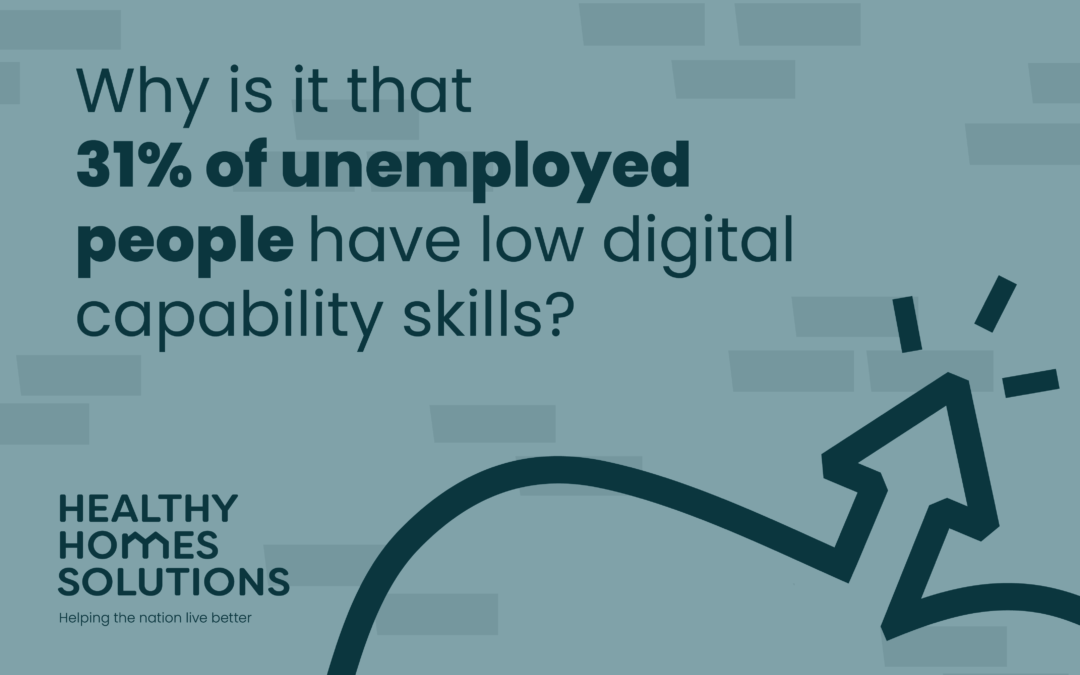As technology evolves and continues innovating, it is normal that the demand for digital skills has also been increasing. Even before the coronavirus pandemic, the need for the workforce to have digital skills was on the rise. However, the pandemic brought remote working to most people.
While the demand for digital skills keeps increasing, there seems to be a lack in the supply of digitally skilled workers. According to many companies and organizations in the UK, they have been struggling to recruit the technically savvy talent they need. But why is this such a big problem?
Why there is such a need for digital skills?
Why are more and more companies looking for individuals experienced with technology?
Although many people still assume that the need for digital skills is only limited to computer and tech companies, demand for these skills is increasing across most industries.
Some decades ago, being able to work with software like Excel and Word or project management software was seen as an incredible competitive advantage. But this is not the case anymore, as these are now seen as basic skills in many areas of work, with increased employers now looking for specific digital skills that relate to their industries. Some may be looking for people experienced with graphic design, video editing, software programming, web development or any other specific software or apps.
The COVID-19 pandemic forced the world to adapt, with many employees being made to work from home, so businesses had to introduce ways to make work digital. This has amplified the already rapidly increasing necessity for digital literacy in all workplaces.
The problem of low digital skills
According to the World Economic Forum 2020 report, only 61% of the population in the UK has digital skills. A more recent study, the 2021 Lloyds Bank Consumer Digital Index, stated that digital engagement increased because of the pandemic. Nevertheless, certain groups of the population remain without any digital skills. According to this latest report, 31% of unemployed people have either low or extremely low digital capability compared to 19% of people in the workforce.
These studies point to the same conclusion – there is a need to discover the root cause of the digital skills shortage.
Why is the digital literacy rate so low?
#1: Social inequalities
Many disadvantaged families have very little access to up-to-date technology and have limited knowledge related to computer software and the internet. People who cannot afford new technology have no way of learning to use it, so the increased demand for technologically skilled individuals only increases the digital skill gap.
#2: Outdated education
Most schools in the UK have an outdated computing curriculum. Technology is updating quickly and constantly, and many schools do not always make the necessary adjustments to their curriculum to keep up to date. Unless computer education improves, the average person will have finish school with below average digital skills.
#3: Industries are advancing faster than people can adapt
As businesses are forced to adapt to keep up with competitors, new emerging technologies and methods are being introduced all the time, and employees must learn how to adopt these new methods and technologies into their work. This means that people that do not try to stay up to date will not have the digital skills required.
The consequences of a digital skills shortage
From a business perspective, recruitment will certainly be more difficult, as the skills shortage has created an extremely competitive environment. This means that it is even more difficult to find the right talent. Just to give you an idea, most organizations were looking for software developers in the UK in 2019. The demand clearly outstripped the supply by more than 10 times.
This has an enormous impact on businesses, with many projects cancelled by the lack of technical expertise.
So, what’s the solution?
Providing training to employees is the best way for them to gain digital skills. Many people do not have access to the technology themselves at home, so it is important for employers to assist their employees in gaining these skills. It is also important to nurture existing talent at the same time, allowing people to further expand their digital skills to higher levels or in new areas.
Employers should also provide employees with all the learning tools they need to explore digital skills as well as fostering a continuous learning culture.
Employees need to understand that training should not be only a short-term goal; it should be a continuous process, so that as technology keeps evolving, they can all keep pace.
Working towards improving living conditions for disadvantaged families would also improve the number of unemployed people that have access to modern technology, allowing them to improve their digital literacy on their own.
Schools should also make sure that they constantly update their curriculum to make sure students are digitally literate with everything that is considered standard to help them find jobs in the future.
With these continuous improvements, the nation can help citizens of all backgrounds to have a chance to thrive in a more digital world, shrinking the digital skills gap.

to have a truly digitally inclusive society you need to have the correct skills, an adequate device and connectivity
without these 3 this will never happen and with the current financial position people will be looking to save on all aspects around the home but broadband should be the 4th utility